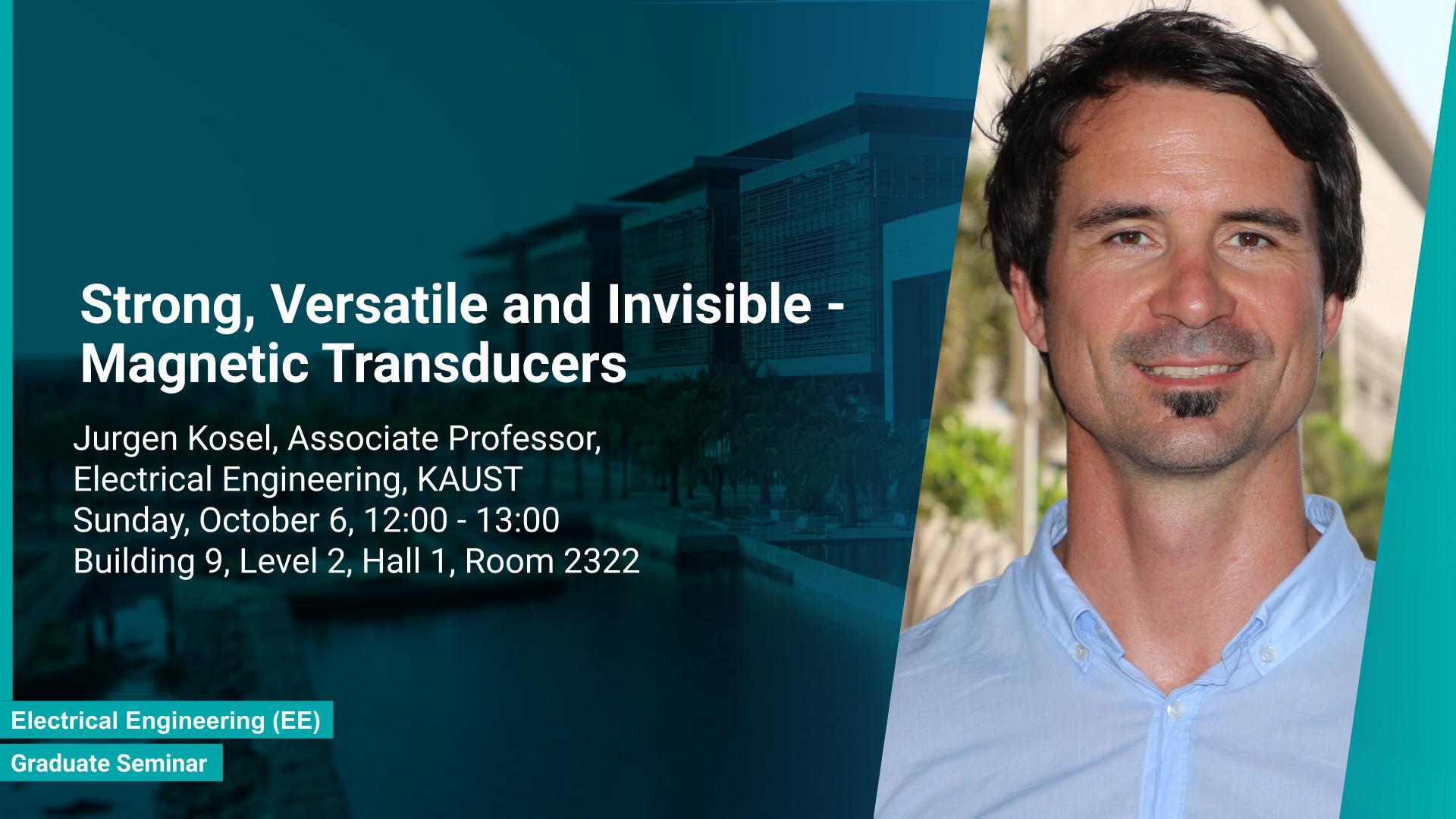Abstract
Magnetic transducers have enabled technological progress for more than 2000 years ago, from the compass to contemporary biomedical or spintronic devices. Magnetic fields can produce large forces and act across large distances while being harmless to living beings. Today, modern cars employ more than 100 magnetic sensors, trains float above the ground and magnetic resonance imaging provides medical images without using harmful radiation. Recent advancements in fabrication technologies are paving the way for better performances and new applications. For instance, we can control, detect and interact with magnetic nanomaterials that are inside of patients to treat cancer, deliver drugs or provide clear images of pathological conditions. Magnetic biosensors combine the features of magnetic tunnel junctions with those of magnetic nanoparticles, facilitating highly sensitive diagnostic tools capable of early disease detection and point-of-care applications. Magnetic skins made of elastic permanent magnets can be worn imperceptibly or like fashionable tattoos. They can be used for monitoring animals, eye movements, etc. with minimal intrusiveness. Magnetic transducers are also at the forefront of new biomedical instrument developments, from high-resolution magnetic particle imaging to wireless position monitoring of catheter devices. Finally, the last few years have seen tremendous, new developments in the field of spintronics, by exploiting the interaction of spin-polarized currents and magnetic nanostructures, new memory concepts for ultrahigh density, three-dimensional data storage devices have been developed. This talk will cover principles and examples of magnetic transducers, with an emphasis on the research work carried out at the Sensing, Magnetism, and Microsystems group (smm.kaust.edu.sa) at KAUST.
Brief Biography
Dr. Jürgen Kosel is an Associate Professor of Electrical Engineering at KAUST since 2015, where he is with the Computer, Electrical, and Mathematical Sciences and Engineering Division. He joined KAUST as Assistant Professor in 2009. His research interests are in the field of micro- and nano devices. He is PI of the Sensing, Magnetism and Microsystems research group and head of the Advanced Micro and Nanosystems lab at KAUST. Dr. Kosel was a postdoctoral fellow with the Biomedical Engineering Research Group at Stellenbosch University in South Africa from 2007 to 2009. He was conducting research in the fields of Bio-MEMS for HIV detection and magnetic microwires for measurements in body tissues. In 2006 and 2007, he worked in the automotive industry as a project manager at Magna Powertrain in Austria. His responsibilities included the management of a safety-critical development project, the onboard diagnosis system as well as the requirements engineering. Dr. Kosel received his Dipl. Ing. (M.Sc.) and doctor of science (Ph.D.) degrees in electrical engineering from the Vienna University of Technology, Austria, in 2002 and 2006, respectively. He developed a multifunctional bending sensor based on magnetostrictive materials for biomedical and automotive applications and conducted research in electrical concentration and detection of microorganisms.
